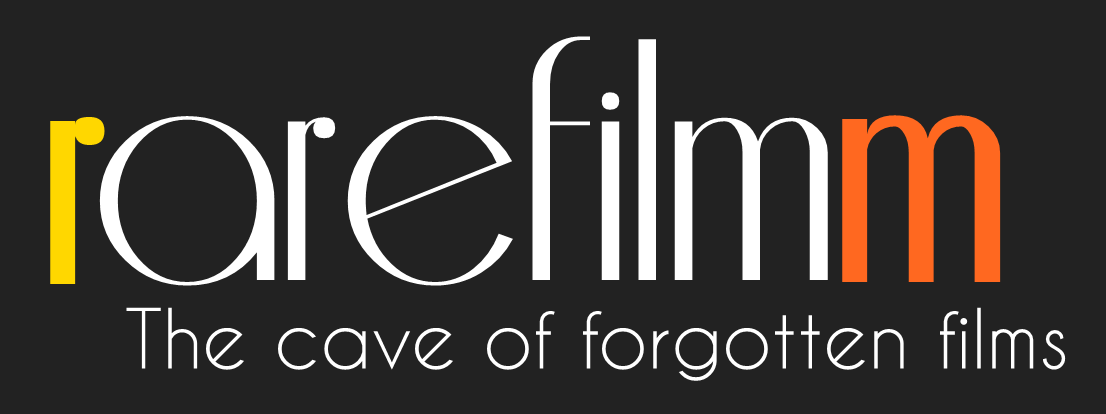John Korty’s first film is a short documentary made for the Quakers (with whom he fulfilled his service as a conscientious objector to war) about a peace march. Toward the end of his career Korty called it his most personal film.
Category: Short
The first film by Tayfun Pirselimoğlu. An autobiographical film based on Pirselimoglu’s childhood memories about his uncle, an overvoice narrates his uncle’s struggles to achieve flying alone.
This animated short outlines the problems with alcohol consumption despite its social acceptability in western society. It provides a cursory look at how easily alcohol is produced, and the physiological effects of alcohol on humans, especially when it enters the bloodstream. It delves further into the process of drunkenness. Although few people die from overdosing on alcohol, it describes other direct and indirect dangerous effects of alcohol consumption, such as drinking and driving. It also lists the many reasons why people drink for good and bad.
Inspired by Leos Janacek’s Sinfonietta, The Queen’s Monastery is about a woman whose lover, a former acrobat, has returned to her from war a changed man. Using a highly individual watercolour technique the narrative explores themes of love, escapist fantasy, obsession and guilt.
Edward Owens’ first film contains a series of super impositions and fleeting images of bodies suggesting illicit desire, and demonstrates a masterful use of baroque lighting. Scenes of quarrels unfold along closeups of glossy magazine cutouts and classical paintings.
The film attempts to negotiate with the duality that is associated with the ceremonial veneration of the Mother Goddess Kali. It ruminates on the nuanced transness that is prevalent, in the ceremonial performance of male devotees cross dressing as Kali. This is interwoven with grotesque elements of a sacrificial ceremony, which forms a vital part of the worship of the Goddess.
Here the different poses of the artist provide the raw material for Peter Kubelka to create an ecstatic work that deals with rhythm and repetition, as much as with human actions and automatisms. Together with Mosaic and Afrikareise, Kubelka considers this to belong to his metaphoric film work.

 For any questions or requests you can always find me at rarefilmm@gmail.com. Stay tuned for those new movies! Thank you once again for all the love and support and thanks a lot to everyone who keeps spreading the word about the site, the rarefilmm community is truly amazing, I'm very grateful for all your love and support
For any questions or requests you can always find me at rarefilmm@gmail.com. Stay tuned for those new movies! Thank you once again for all the love and support and thanks a lot to everyone who keeps spreading the word about the site, the rarefilmm community is truly amazing, I'm very grateful for all your love and support 
